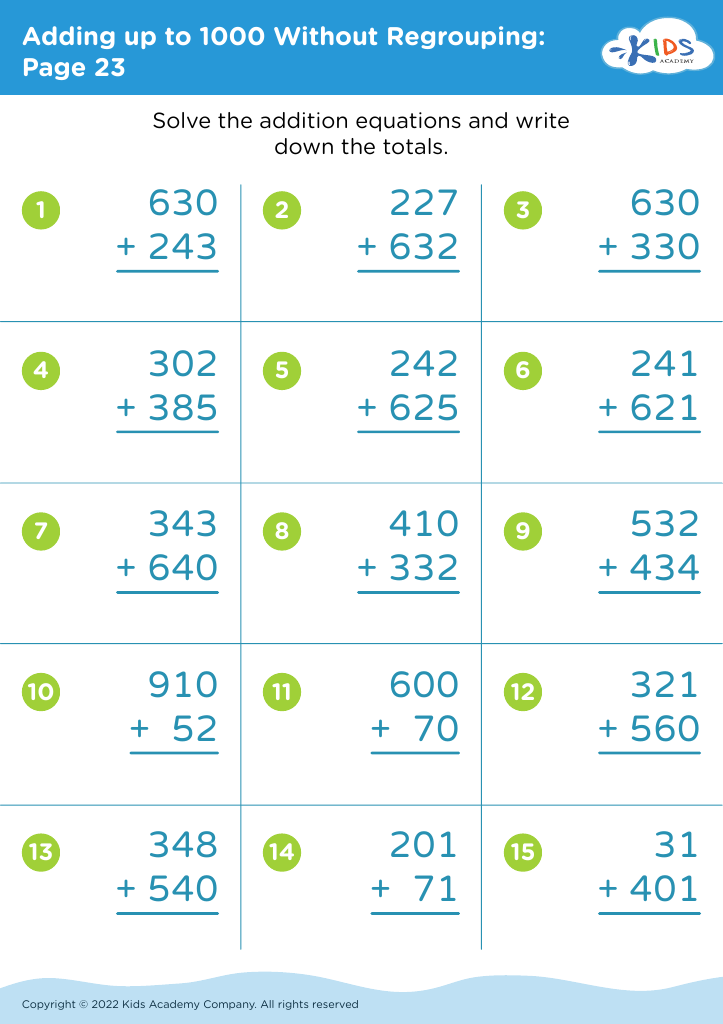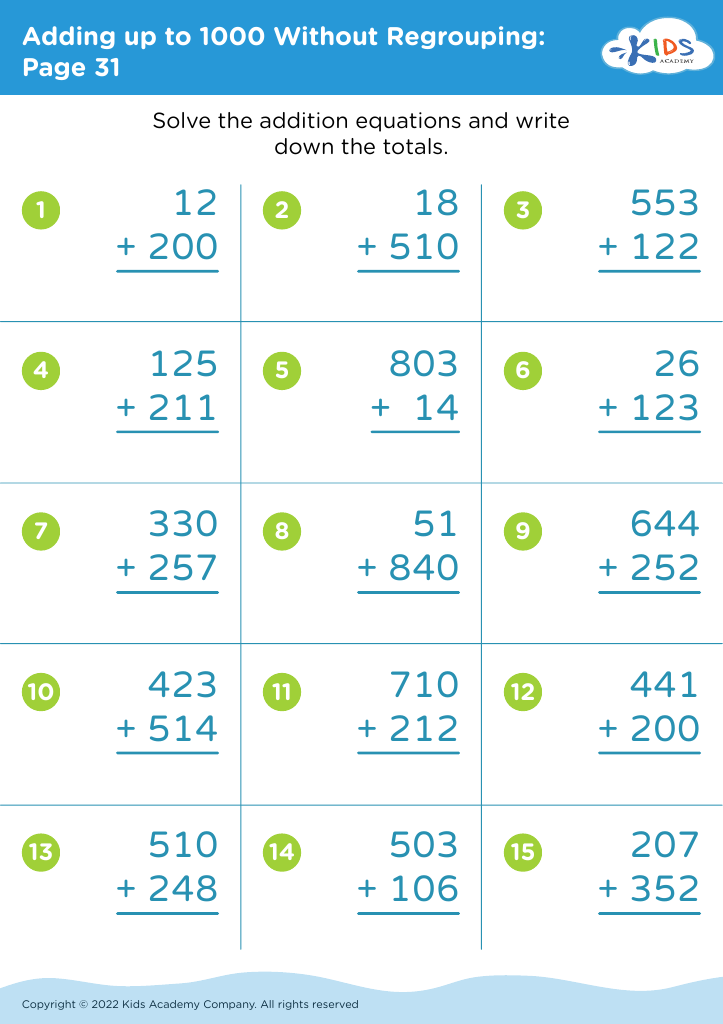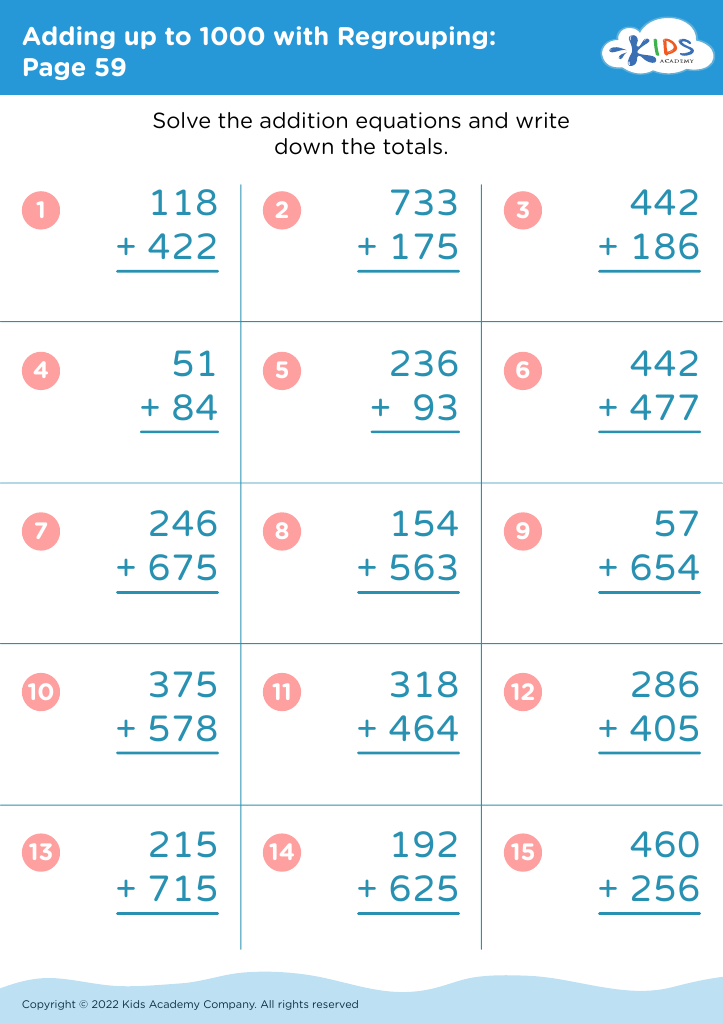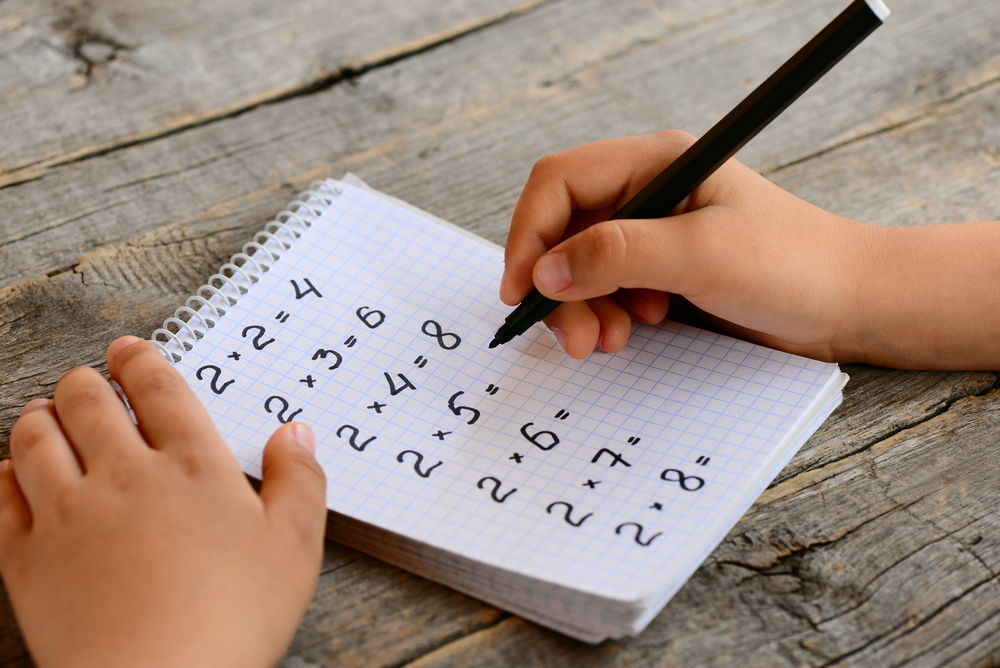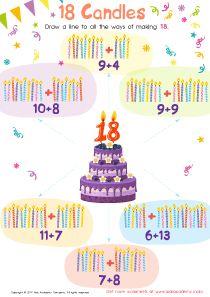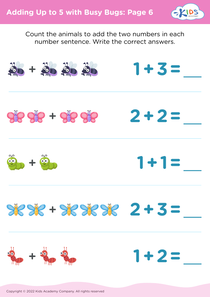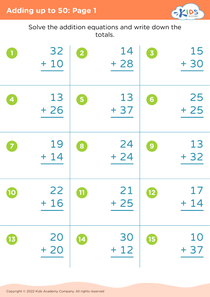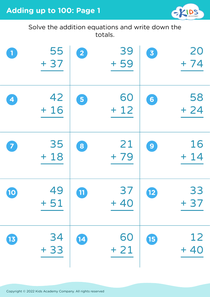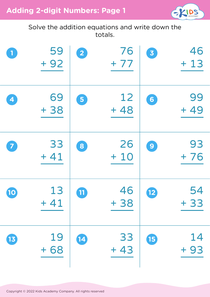Visual interpretation Adding up to 1000 Worksheets for Ages 6-8
3 filtered results
-
From - To
Explore our "Visual Interpretation Adding up to 1000 Worksheets for Ages 6-8" designed to make learning fun and effective. Tailored for young learners, these worksheets transform complex math concepts into engaging visual challenges, fostering both comprehension and excitement in students. Each sheet features colorful illustrations and visual aids to simplify addition up to 1000, ensuring kids grasp large-number arithmetic with ease. Ideal for classroom or home use, these printables not only enhance mathematical skills but also stimulate critical thinking and problem-solving. Dive into our dynamic resources today to nurture confident and capable young mathematicians.
Boundaryτα
Visual interpretation of adding numbers up to 1000 is crucial for children aged 6-8 for several reasons. Firstly, young children are often visual learners, and illustrating mathematical concepts helps them grasp abstract ideas more concretely. Visual tools, like number lines, base ten blocks, or visual aids on smartboards, enable children to understand and retain the concepts of addition better.
Secondly, visual interpretation fosters deeper cognitive processing. When children see how numbers combine and interact beyond rote memorization, it builds a robust mathematical foundation. This kind of understanding promotes problem-solving skills and flexible thinking, which are essential for tackling more advanced math concepts later on.
Moreover, mastering addition up to 1000 develops confidence and enthusiasm for mathematics at an early age. It transforms what could be a daunting task into an engaging and enjoyable activity. This positive early math experience can have a long-lasting impact on their attitude towards learning.
Teachers and parents should consider these benefits because early mathematical success underpins broader academic achievement. It's not just about numbers; it nurtures a child's overall intellectual development, including critical thinking and logical reasoning skills, paving the way for future educational success. Emphasizing visual interpretation thus plays a key role in making math accessible, enjoyable, and meaningful for young learners.

